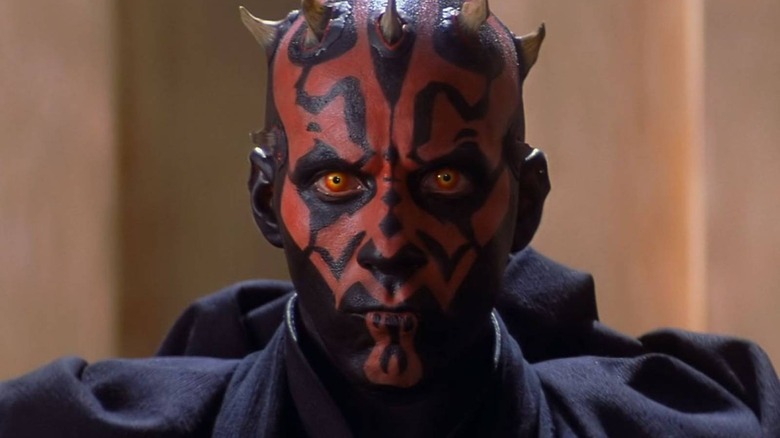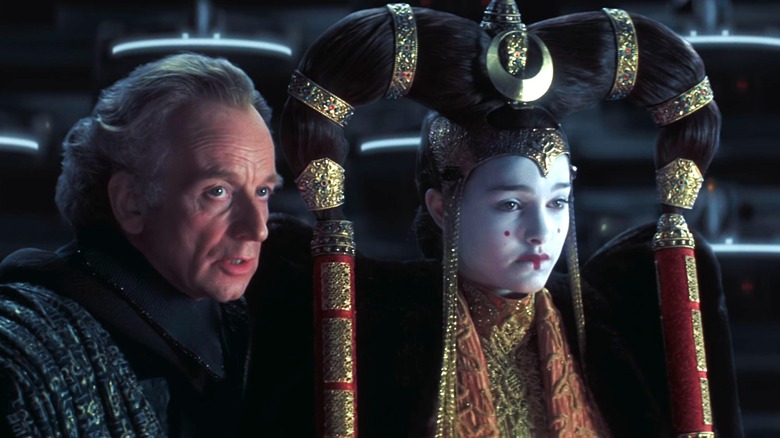Star Wars: What 'The Phantom Menace' Title Really Means
The subtitles of Star Wars movies are usually pretty easy to decipher. "Episode V" has "The Empire Strikes Back" because the Empire gains an upper hand over the heroes. "Episode VII" has "The Force Awakens" because a new Force user is found in Rey (Daisy Ridley). But all these years later, "The Phantom Menace" continues to elude some people.
The first part of the equation is what the "Phantom Menace" title means. "Menace" refers to the antagonists and their machinations. "Phantom" suggests they're in the shadows, which is appropriate, given how even though the heroes win the Battle of Naboo, the main threat is still out there. The next step is determining who the phantom menace is.
Director George Lucas cast light on this in 1999 to Vanity Fair, "The phantom menace is a character named Darth Sidious, who is the last of the Sith." In the film, Palpatine (Ian McDiarmid), who becomes the Emperor, is still a senator and believed to be on the side of justice. However, he's the one ultimately pulling the strings as Darth Sidious and will be responsible for the Empire's rise and Anakin's fall later in the series. Interestingly, Lucas says in the same interview Darth Maul (Ray Park) could also be the titular menace. He's much more of a main threat, battling the Jedi and killing Qui-Gon Jinn (Liam Neeson).
Does The Phantom Menace refer to Palpatine or Darth Maul?
While George Lucas kept things open-ended in the Vanity Fair interview, it makes the most sense for Palpatine to be the phantom menace. After all, "Episode I" introduces a world where the Jedi believe the Sith to be extinct. This makes Darth Maul's emergence quite concerning. Even though he's defeated, it's not the end of the threat. In the conclusion, Yoda (Frank Oz) mentions that there must always be two Sith — an apprentice and a master. The Jedi don't know which one Darth Maul was, but the other must surely be out there.
And the movie doesn't try to hide who the real villain is. After Yoda's comments, the camera pans over to Palpatine. It's a case of dramatic irony where the audience is meant to know who the overarching antagonist is while the characters remain unaware. Even though the Emperor went unnamed in the original trilogy films, he was referred to as Palpatine in novelizations for the original "Star Wars" and "Return of the Jedi." That means it isn't a secret to hardcore Star Wars fans that Palpatine is hiding a dark secret.
Perhaps it would've been best if the movie was called "The Phantom's Menace" to refer to Palpatine and Darth Maul. The former is the "Phantom" who oversees the machinations of the primary "Menace" in the film. Considering how it's still inspiring debate to this day, "The Phantom Menace" is a great title in that it's open to interpretation and could have multiple meanings.

